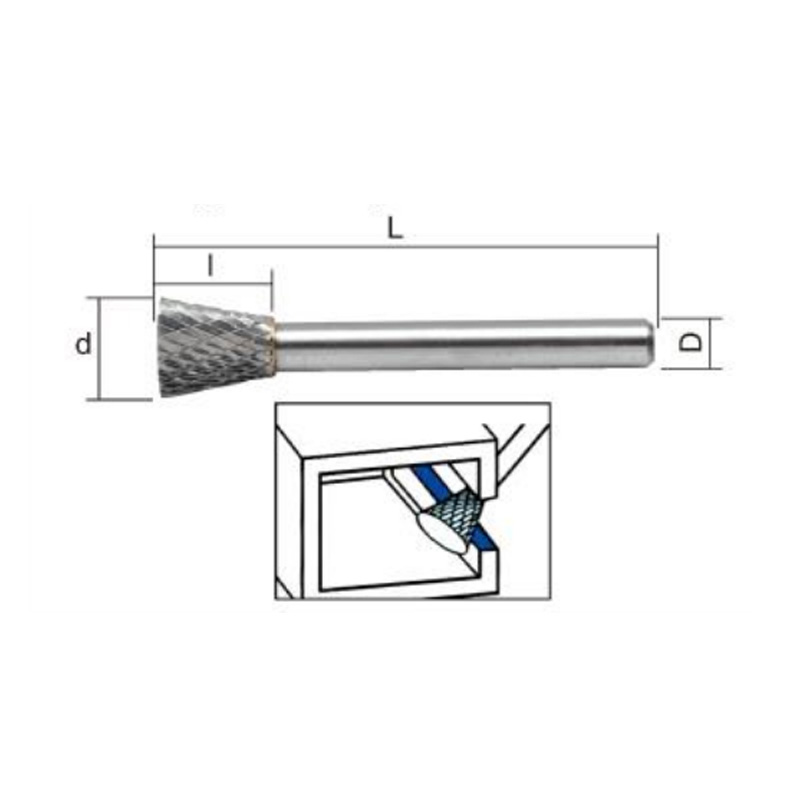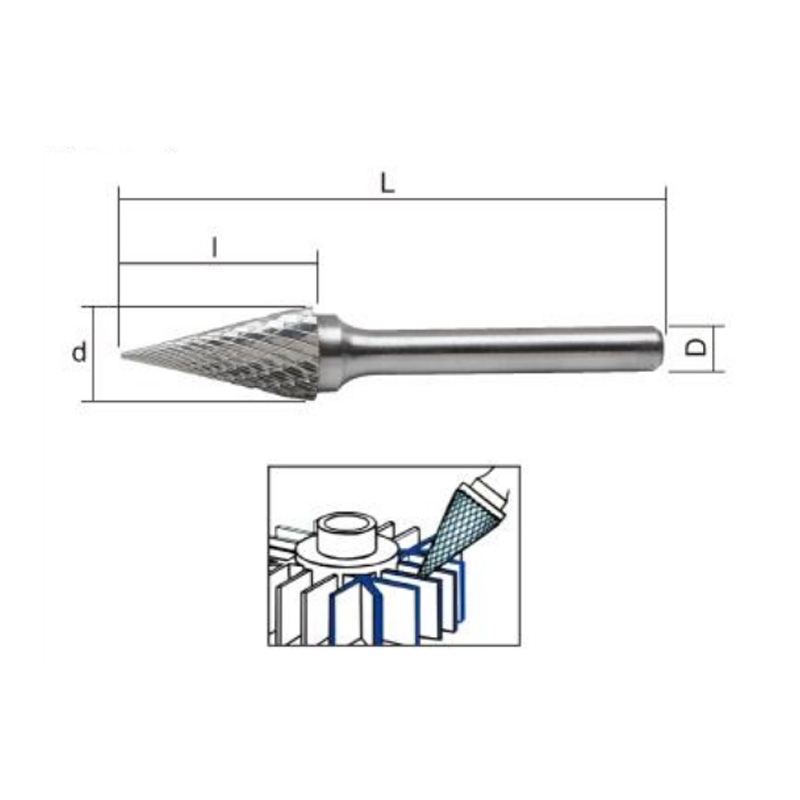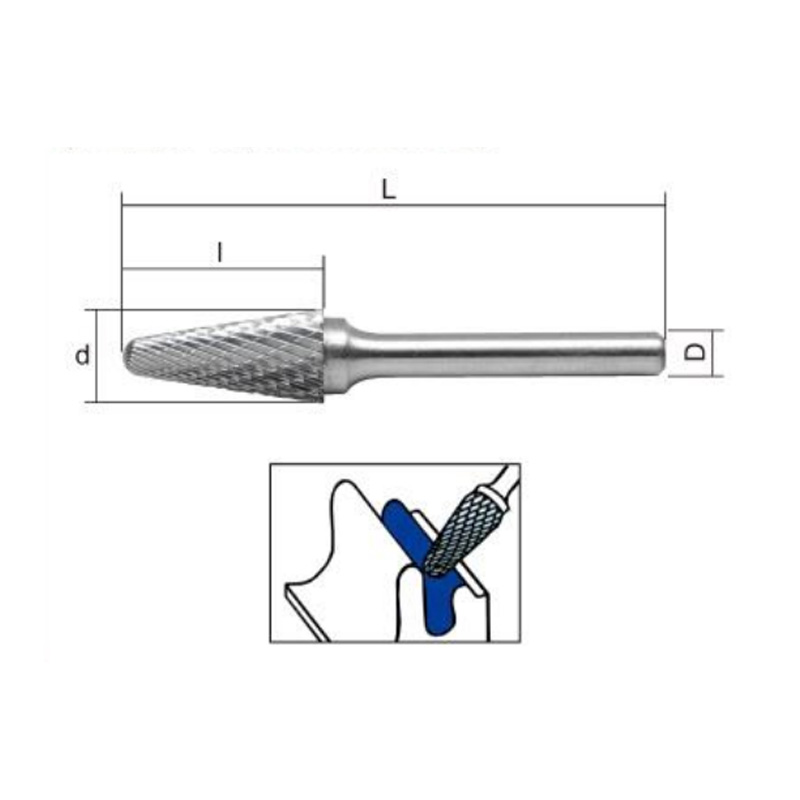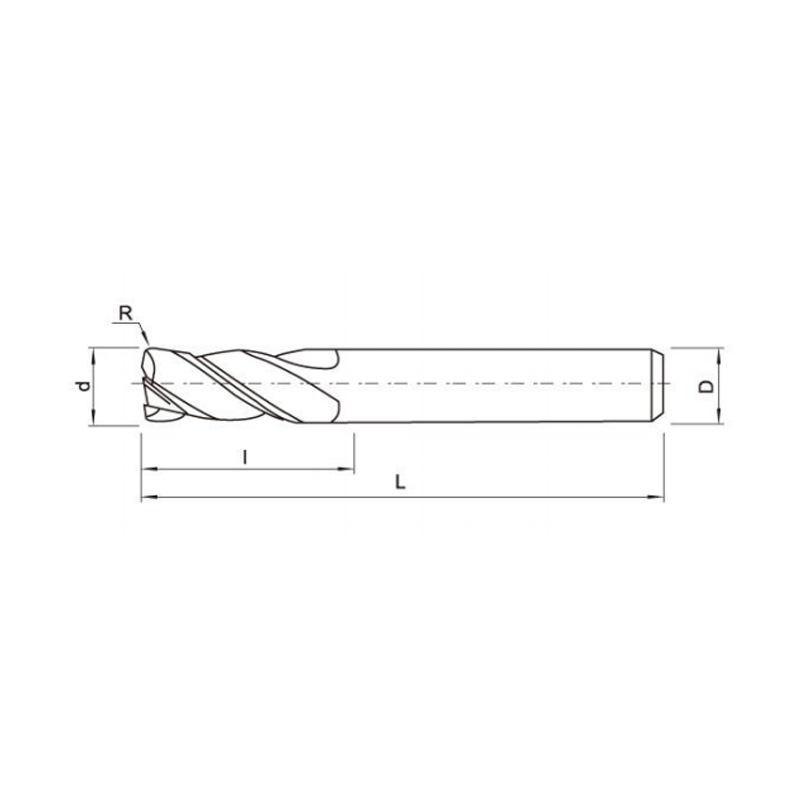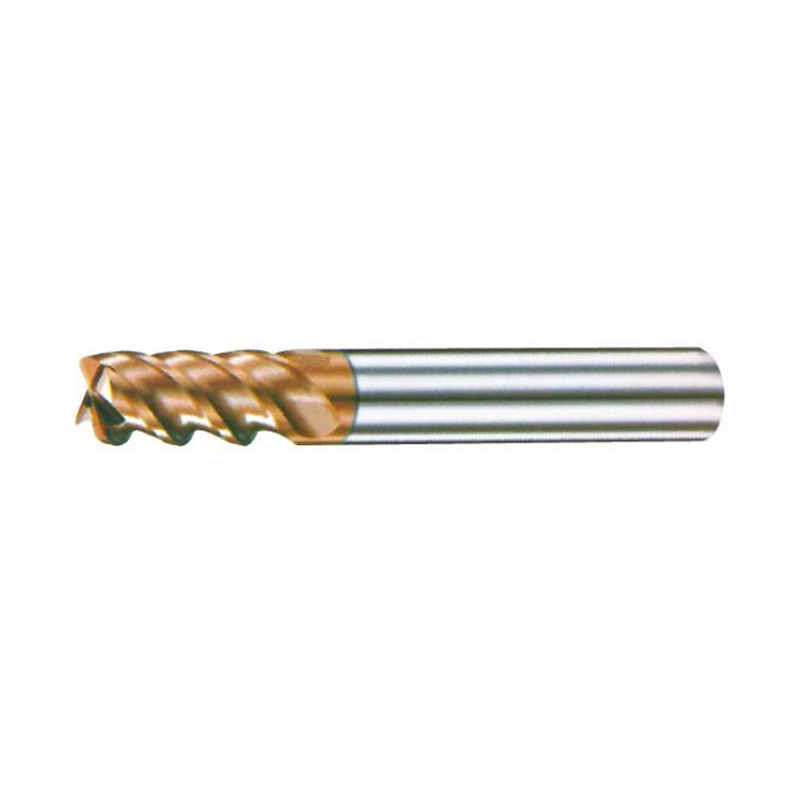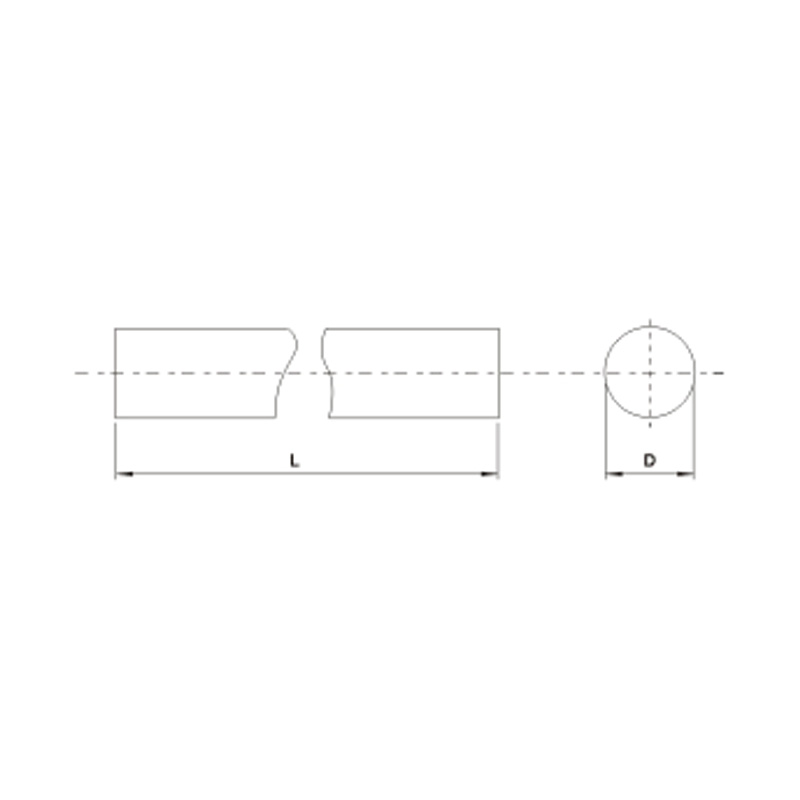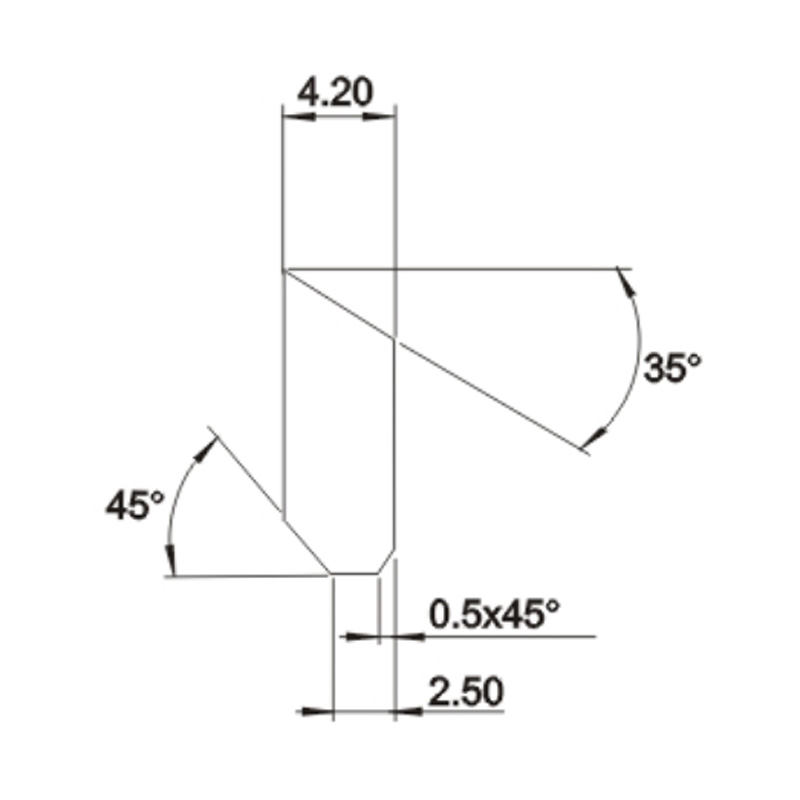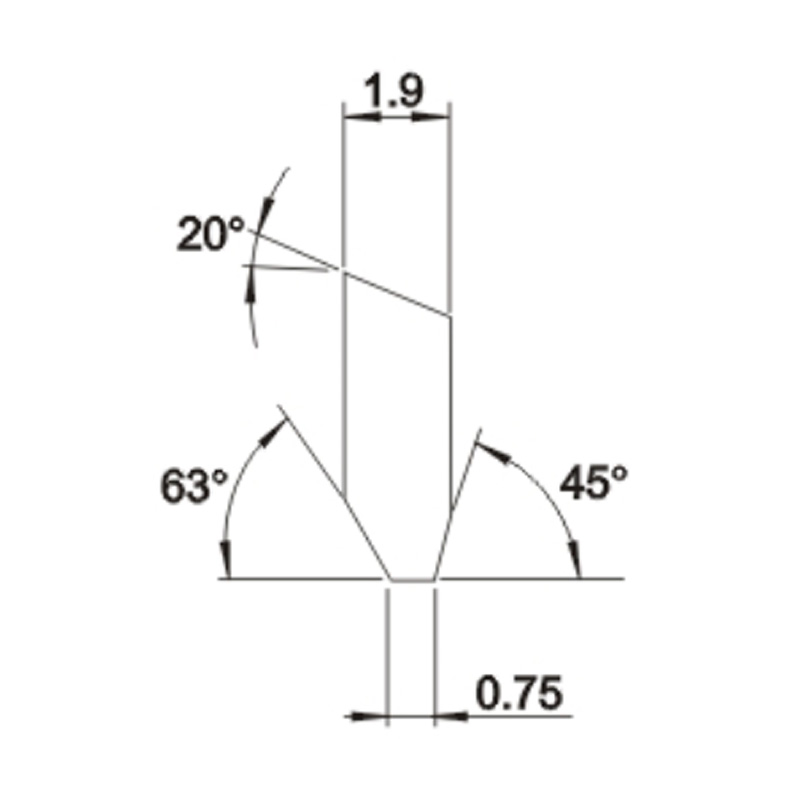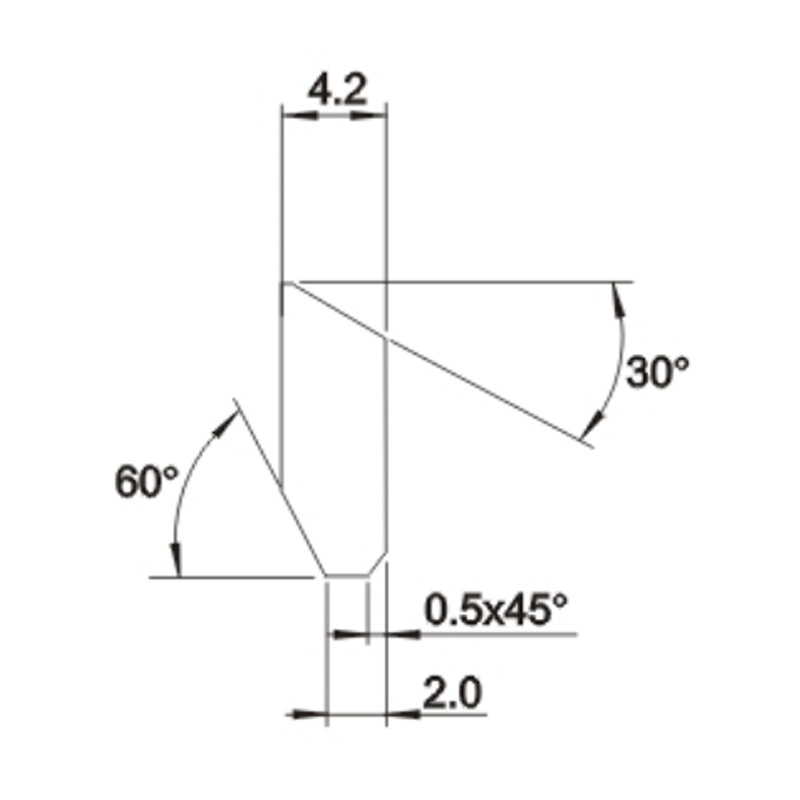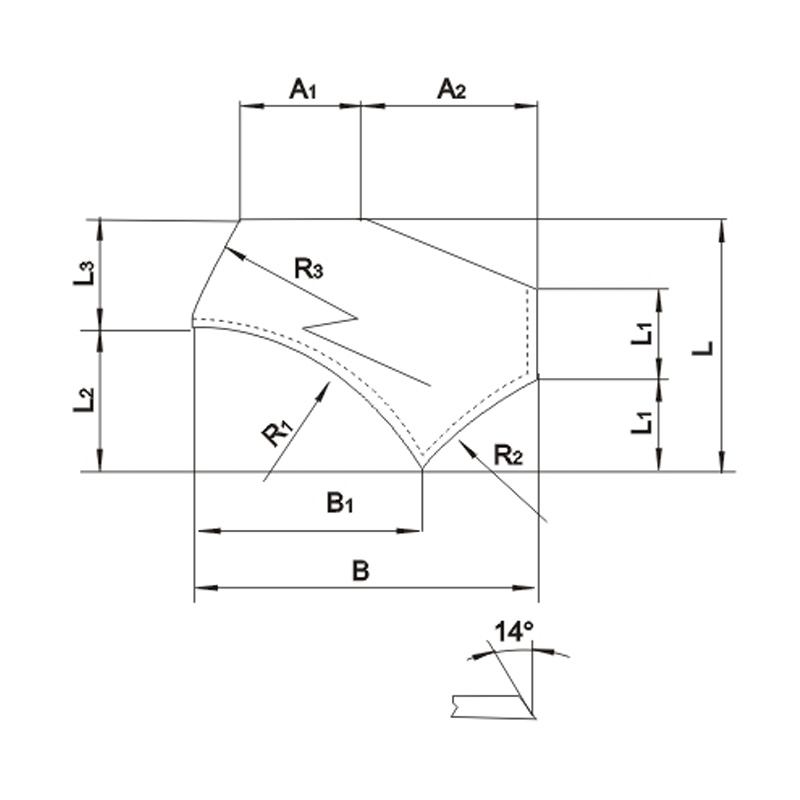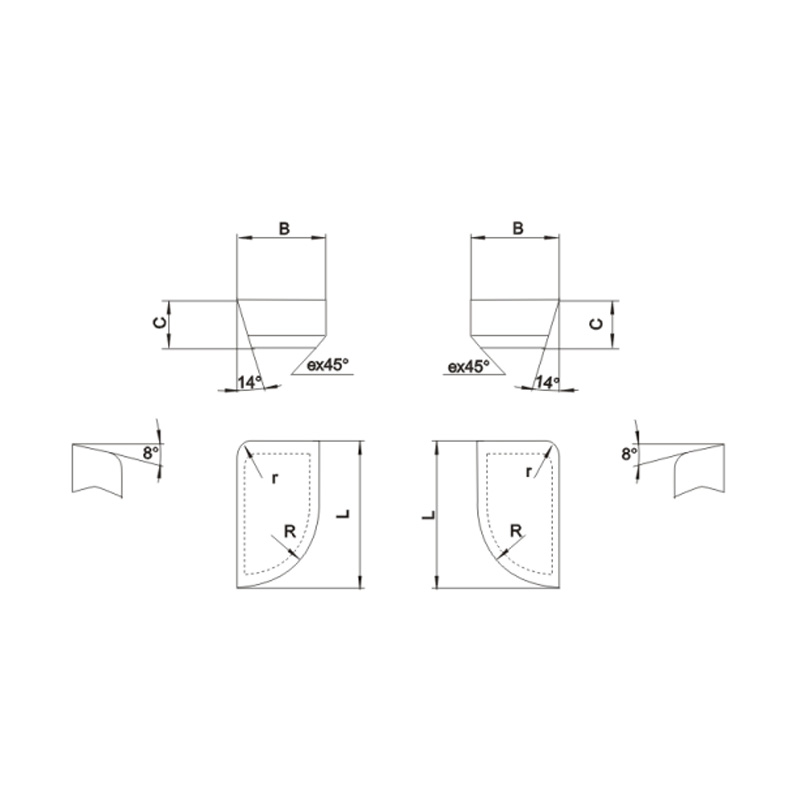Product Specifications:
The main differences among these three series of stainless steel-specific milling cutters lie in their hardness levels and the materials they are suitable for.
1. HRC45: This series of milling cutters has a hardness level of HRC45, typically suitable for relatively soft stainless steel materials. They may be applicable for general machining, but may not perform well when facing harder stainless steel or when higher speed and cutting capabilities are required.
2. HRC55: Milling cutters with HRC55 are harder compared to HRC45, thus suitable for a wider range of stainless steel materials. This series of milling cutters may be more effective in handling higher hardness stainless steel, providing better cutting performance and longer lifespan.
3. HRC65: Milling cutters with HRC65 are the hardest, therefore suitable for the lots of challenging stainless steel machining tasks. They possess higher cutting speeds and capabilities, capable of handling bad hardness or complex shapes of stainless steel materials.
Product Features:
1. High-quality Material: This series of stainless steel dedicated 4-blade end mills uses hard alloy material, which has high hardness and wear resistance. It can maintain the stability and durability of the tool during high-speed cutting.
2. Blade Design: This series of end mills uses a 4-blade design, each blade can independently carry out cutting, improving processing efficiency and accuracy. At the same time, the 4-blade design can also reduce cutting force, reduce tool wear, and extend tool life.
3. Multiple Models: This series of stainless steel dedicated 4-blade end mills includes HRC45, HRC55, and HRC65 models, which are suitable for processing materials with hardness within 45 degrees, 55 degrees, and 65 degrees respectively. Users can choose the appropriate model according to their actual processing needs.
Product Advantages:
1. High Hardness: End mills made of hard alloy have high hardness, able to easily handle the processing of various high-hardness materials such as stainless steel and alloy steel. During high-speed cutting, the tool is not easy to wear, ensuring processing quality and efficiency.
2. Strong Wear Resistance: End mills made of hard alloy have strong wear resistance. Even in long-term high-speed cutting, the tool surface is not prone to wear and cracks, extending the service life of the tool.
3. Low Cutting Force: The 4-blade design of the end mill can reduce cutting force, reduce tool wear, and improve processing efficiency. At the same time, low cutting force is also beneficial for protecting the workpiece surface and improving processing quality.
4. High Precision: End mills made of hard alloy have high precision, able to ensure dimensional accuracy and surface roughness during processing. For the processing of precision parts, hard alloy end mills are an ideal choice.
Product Application Scenarios:
1.Automotive Manufacturing Field: In the automotive manufacturing field, stainless steel materials are widely used in key components such as body structures and engine parts. This series of stainless steel dedicated 4-blade end mills can efficiently process various hardness stainless steel materials, improving production efficiency and reducing production costs.
2.Medical Devices Field: In the medical devices field, stainless steel materials are widely used in key components such as surgical instruments and implants.
In summary, this series of stainless steel dedicated 4-blade end mills, with its material quality, unique blade design, multiple model options, and many advantages, has become an ideal choice in the stainless steel processing field. Whether it is from processing efficiency, processing quality, or tool lifespan, this series of products can provide users with satisfactory solutions.

 English
English 中文简体
中文简体 русский
русский